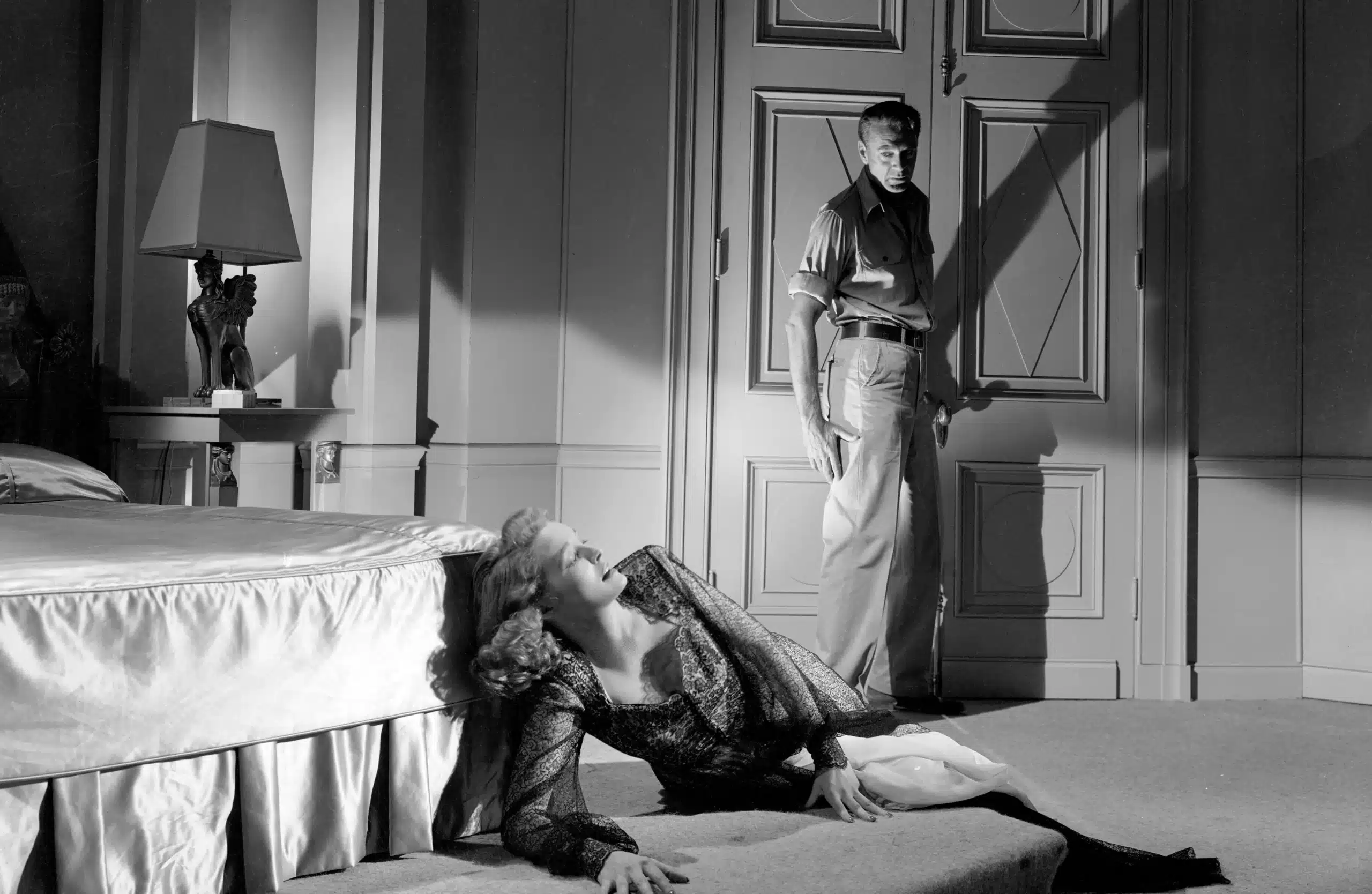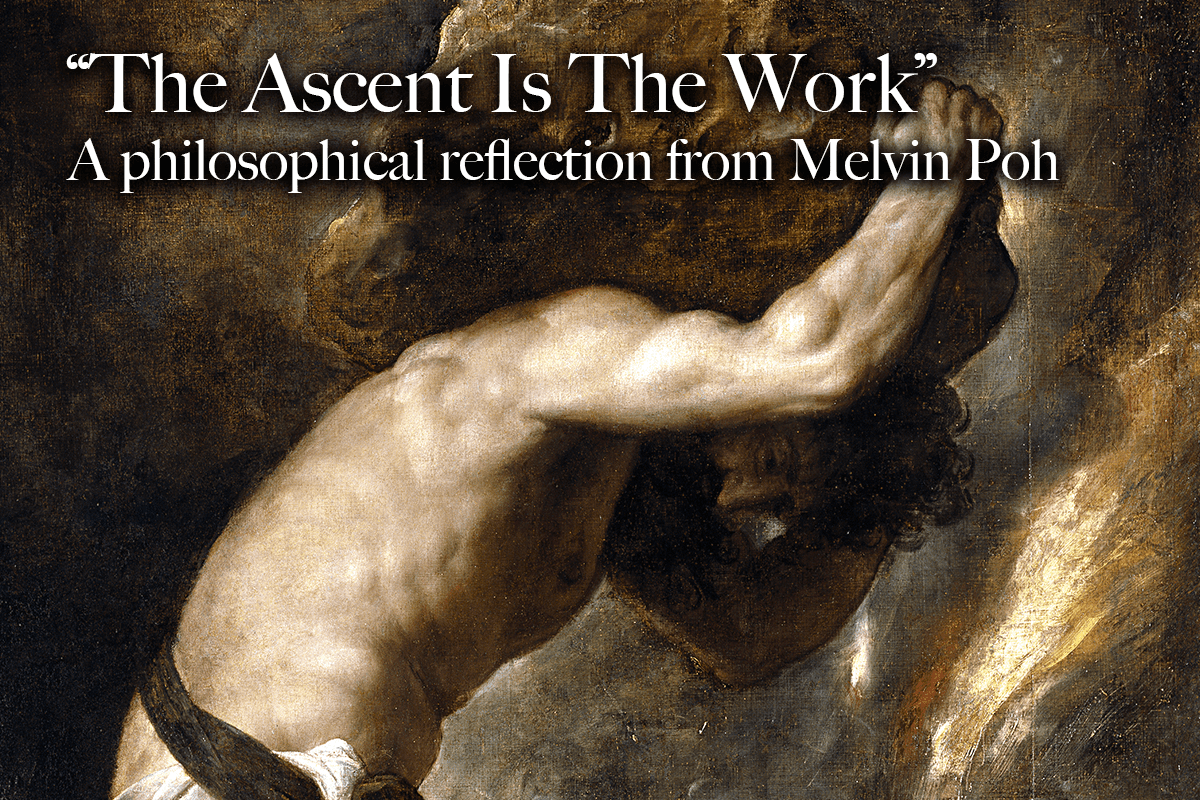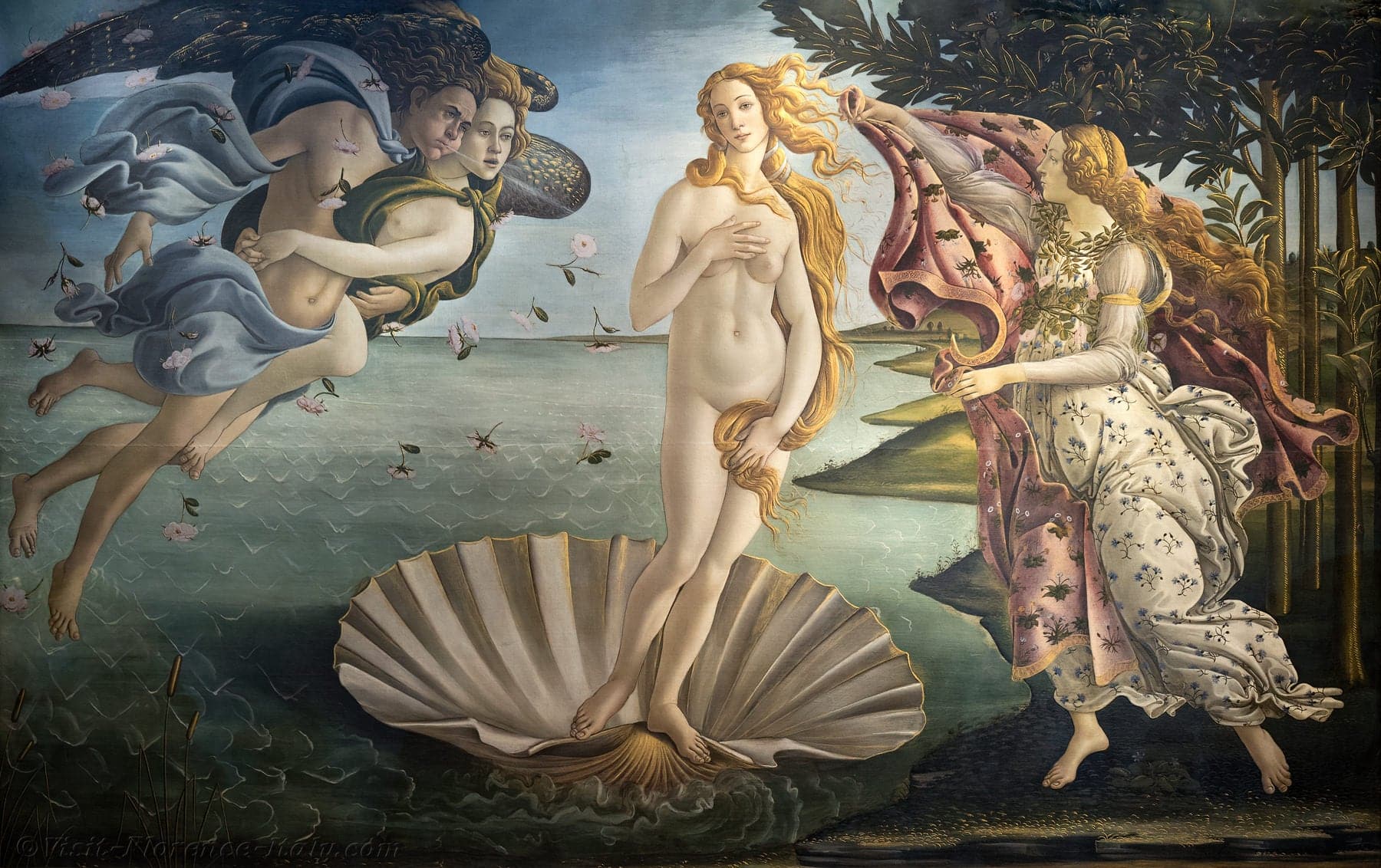
THE STORY & PHILOSOPHY OF ONE OF MY FAVOURITE FICTIONS OF ALL TIME: THE FOUNTAINHEAD
Since its 1943 publication, Ayn Rand’s The Fountainhead has sold 9 million copies. The fictional works and Objectivism theory of Ayn Rand are what brought her the most fame. Her first critically acclaimed novel, The Fountainhead, catapulted her to fame as a leading figure in the field of philosophical narrative writing. Learn more about the inspiration behind The Fountainhead, who the protagonists are, and the ideas that drive the plot in this in-depth analysis.
A Brief History of The Fountainhead
Rand developed the idea for The Fountainhead while she was a young screenwriter working for Cecil B. DeMille, the film’s producer. In 1927, she was supposed to compose a screenplay for a film, but director Dudley Murphy rejected her idea. Ultimately, his idea was used to create the 1928 film Skyscraper, which Rand drew inspiration from while coming up with her proposal that was turned down. In Murphy’s story, the protagonists are two competing architects who are tasked with designing a skyscraper, rather than two construction workers who are battling for the love of a woman. Upon first viewing the New York City skyline in 1926, as a Soviet immigrant, she was moved to incorporate skyscrapers as emblems of liberty into her artwork.
Based on her short narrative about competing architects, she started writing The Little Street in 1928. When she finally set her mind to writing it in 1934—with the working title of Second-Hand Lives—these preliminary notes served to guide her. Given her ignorance of the architectural world, Rand made it a priority to educate herself extensively. To get her hands dirty, she even became Ely Jacques Kahn’s unpaid typist. She published her politically charged debut novel, We the Living, in 1934. She was very careful to include a wide range of disciplines so as not to be seen as simplistic.
Putting this book into action was a challenging undertaking. Several obstacles prevented Rand from finishing the book. In 1937, she put the novella Anthem on hold, and in 1938, she announced that she was going to stop writing it completely. Frank O’Connor, her actor husband, gave her the confidence to move forward, and by the time she found a publisher, her work was barely halfway complete. During this period, she wrote scripts for studios, was active in conservative intellectual groups, and ran for president with Wendell Willkie. The Fountainhead was finally published in 1943 after the Bobbs-Merrill Company took a chance on it following twelve rejections.
The Story Of The Fountainhead
As the protagonist, Howard Roark exemplifies the merit of acting on one’s own ideas. He is a groundbreaking architect who has drawn fire from both the artistic and academic communities for his unusual beliefs and designs. He must confront the collectivism in his environment and wonder if the continual rejection is worth it to follow his artistic freedom, all because he is alone in his defiant attitude. He believes in the strength of individualism and the need of solving problems rationally, unconcerned with external factors like society norms or emotions.
Roark lived with Peter Keating before the latter kicked him out of a prestigious architecture school for having an unconventional style. He plays the role of Roark’s polar opposite. Rand uses Keating as an example of the archetypal selfish person, which leads one to wonder what drives him. He rises to the top of his company thanks to his ego and need for fame. He manipulates others to achieve his ambitions and craves approval from his peers. His pursuit of prosperity pays out in the end, but he is never truly satisfied by it. Debunking his original defining attribute as “selfish,” a closer dive into his character reveals that maybe his motivation didn’t originate from his authentic self.
Journalist and architect Ellsworth Toohey advocates for Keating’s ascent to the top. Toohey tries to destroy Roark’s career while praising his invention. Being an advocate of selflessness and service, Toohey exemplifies the collectivist ideals and has a significant impact.
Among the people Roark meets is Gail Wynand, a powerful media magnate and publisher. He ignored genuine talent in favor of the public vulgarity that would guarantee his popularity and propelled him to power, despite coming from a modest background. He thinks in stark black and white terms: everyone has the power to lead or be led, and he decided to be in charge.
Dominique Francon is another figure whose purpose is to show why some individuals do want to destroy Roark and those like him. Being Roark’s lover, she thinks the world of him and calls him a genius. But she believes it’s utopian to suppose that men like Roark might succeed in a society where everyone else is average. She struggles within, torn between the twin goals of encouraging creative thinking and saving them from the pain of failure. In the end, she decides to focus on the latter. She turns on Roark by becoming involved with Toohey’s plot to prevent him from reaching his goals.
The Philosophy Of The Fountainhead
Rand originally outlined the novel’s goals as “a defense of egoism in its real meaning… a new definition of egoism and its living example” when she was still conceptualizing it. Earlier, we established that she had reservations about the story’s focus being mostly on politics. She paid more attention to the mental health effects of adopting individualism or collectivism than to the political implications of these contrasting worldviews, which are prevalent in her writings.
Right from the start, Roark’s capacity to be self-reliant and make his own decisions stands out. A key difference is that he isn’t an island; he draws knowledge from his teachers and the work of his architectural hero, Henry Cameron. But he does not take everything he reads at face value; rather, he evaluates it thoroughly and comes to his own conclusions. Unless he is compelled to give up on his own ideas, he appreciates working with others on initiatives.
As mentioned before, the initial title was “Second-Hand Lives,” which alludes to how Rand saw the persons attempting to ruin Roark’s profession and reputation. Roark and them are fundamentally different in how reliant they are on other people. These “second-handers” conform to authority figures’ expectations and use peer validation to shape their sense of identity.
Rand contends that fundamental dependence exists when one’s primary goal is to attain great power, abusing the human capacity for dominance in the process. This unique sense of autonomy that Roark possesses is consistent with Rand’s proposed reimagining of individuality. Corruption and exploitation are usually linked to the popularly held belief in selfishness. An example of veiled collectivism, according to Rand, is when people sacrifice themselves in order to get power and then use that authority to dominate others. Rand hopes that her readers will shift their perspective on “selfishness” from seeing it as a moral failing to praising it.
The Rise of Objectivism
Most people remember Rand for her Objectivist theory, which she developed beyond her fiction. At the time of The Fountainhead’s publication, she hadn’t completely developed the concept, but you can see hints of it throughout the book. She was an advocate for self-reliance and independence who also thought everyone should have a life mission. No matter the cost, Roark gave his all to his work because he wanted to improve his problem-solving skills and his capacity to conceptualize and build beautiful, practical buildings.
Achieving professional achievement, rather than a genuine love for his work, drives Keating. Even after accomplishing his goals, he is still dissatisfied since he does not have a clear sense of purpose in life. In order to demonstrate the value of autonomous thought in an artistic context, Rand selected the architectural profession as her platform. Traditionalists in the architectural community generally see little use in reimagining tried-and-true layouts and styles from the past. The work offers a thought-provoking perspective on the importance of independent thinkers who defy societal norms; according to Rand, this is the key to humanity’s progress.
Conclusion
The Fountainhead has been the subject of fiercely divided opinions ever since its publication, despite widespread agreement that it is a monumentally important and revered work of literature. While the show did well at the box office, Rand felt that many reviewers misunderstood her message of independence. Literary reviewers and the general public have largely disregarded it in favor of her subsequent work, Atlas Shrugged, in recent years. Critics from the feminist movement have panned her for discussing consent in relation to the sexual encounters she had with Francon and Roark. The novel was a watershed moment in her creative career, opening doors to many chances, notwithstanding the controversy surrounding it. Among many other cultural domains, The Fountainhead has left an indelible mark on the fields of literature, business, and architecture.



